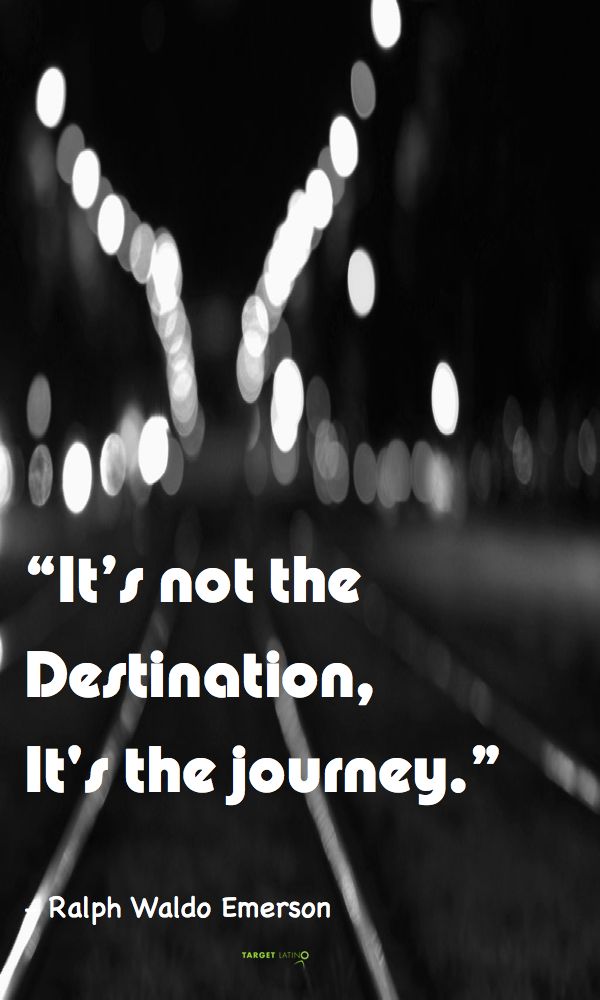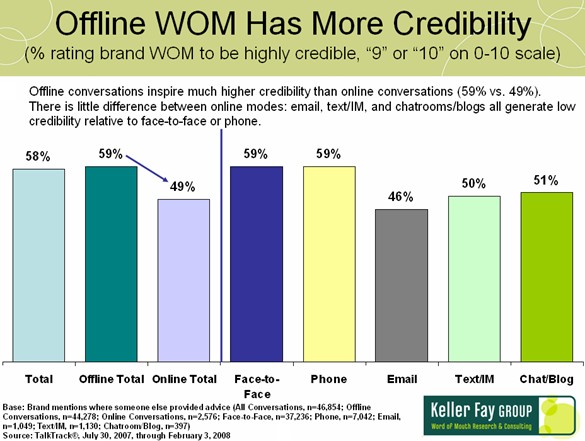WOM Campaigns (word-of-mouth marketing) as Drivers of Revenue
Ad spending budgets continue to be under scrutiny as BTL (below the line) marketing and advertising strategies like buzz marketing or word-of-mouth marketing – more specifically well planned and executed WOM campaigns – keep proving to be cost-effective and extremely successful drivers of revenue.
WOM is still a relatively small sector, but it is growing fast. Spending on word-of-mouth (WOM) marketing from 2007 to 2008 rose 14.2% to $1.54 billion, and is expected to hit $3 billion by 2013, according to a report based on extensive WOM research from PQ Media.
By category, consumer package-goods marketers spend the most on WOM campaigns. Other leading product categories are food and drink, finance, business-to-business services, electronics, telecommunications and retail.
Why the surge in WOM? The number-one way that consumers make decisions is through word of mouth. Brands realize that consumers are willing to engage with them in conversation, and they realize that they have no choice but to participate if they want to be a part of the consumer decision making process. And WOM campaigns bear huge buzz opportunities across media platforms, both online and offline. Research shows that by far most (over 90 percent) of the brand-related WOM conversations that take place occur in the offline space. Increasingly, the goal of what brands and ad agencies do is to generate word of mouth.
According to research, some 3.5 billion brand-related WOM conversations take place daily in the U.S. And because clients are interested in knowing what’s being said about their brands, they have started to listen to the online conversation more frequently. There is also a direct correlation between advertising expenditure and word of mouth. As a matter of fact, word of mouth can be seen as an early measure of ad effectiveness and, across the board, the area that is most highly associated with sales lift is word of mouth because intent to buy reveals itself in word of mouth.
These figures are an eye-opener for a lot of people and they highlight the importance for brands to understand the full range of opportunities they have to listen and engage in conversations with consumers. There are many different ways and places to stimulate WOM including, for example, the workplace, leisure areas or in-store (not just supermarkets but gyms, malls, and even parks) as well as through traditional and emerging media channels. Clearly online is a major opportunity but it is not the only one to consider.






